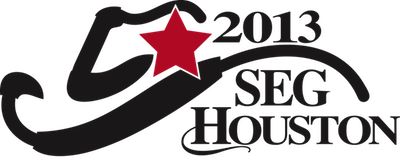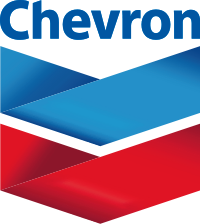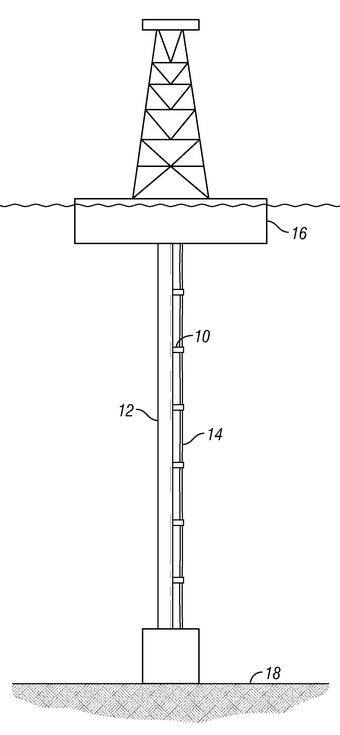Are virtual conferences... awful?
/Yeah, mostly. But that doesn’t mean that we just need to get back to ‘normal’ conferences — those are broken too, remember?
Chris Jackson, now at Manchester, started a good thread the other day:
This led, in a roundabout way, to some pros and cons — some of which are just my own opinions:
Good things about LIVE conferences
You get to spend a week away from work.
When you’re there, you’re fully focused.
You’re somewhere cool or exotic, or in Houston.
You get to see old friends again.
(Some) early career people get to build their networks. You know which ones.
There is technical content.
BAD things about LIVE conferences
You’re away from your home for a week.
You have to travel to a remote location.
You’re trapped in a conference centre.
The networking events are lame.
Well, maybe ECRs can make connections… sorry, who’s your supervisor again?
There’s so much content, and some of it is boring.
Good things about VIRTUAL conferences
Take part — and meet people — from anywhere!
The cost is generally low and more accessible.
You’re not away from work or home.
They are much easier to organize.
Live-streaming or posting to YouTube is easy-peasy.
No-one needs to give millions of research dollars to airline and hotel companies.
Bad things about VIRTUAL conferences
You don’t actually get to meet anyone.
Tech socs don’t make money from free webinars.
So many distractions!
The technology is a hassle to deal with.
If you’re in the wrong timezone, too bad for you.
The content is the same as live conferences, and some of it is even worse as a digital experience. And we’re all exhausted from all-day Zoom. And…
My assertion is that most virtual conferences are poor because all most organizers have really done is transpose a poor format, which was at least half-optimized for live events, to a pseudodigital medium. And — surprise! — the experience sucks.
So what now?
What now is that it’s beyond urgent to fix damn conferences. A huge part of the problem — and the fundamental reason why most virtual conferences are so bad — is that most of the technical societies completely failed to start experimenting with new, more accessible, more open formats a decade ago. This, in spite of the fact that, to a substantial extent, the societies are staffed by professional event organizers! These professionals weren’t paying attention to digital technology, or openness and reproducibility in science, or accessibility to disadvantaged and underrepresented segments of the community. I don’t know what they were paying attention to (okay, I do know), but it wasn’t primarily the needs of the scientific community.
Okay okay, sheesh, actually what now?
Sorry. Anyway, the thing to do is to focus on the left-hand columns in those lists up there, and try to eliminate the things on the right. So here are some things to start experimenting with. When? Ideally 2012 (the year, not the time). But tomorrow will do just fine. In no particular order:
Focus on the outcomes — conferences are supposed to serve their community of practice. So ask the community — what do you need? What big unsolved problems can we solve to move our science forward? What social or community problems are stopping us from doing our best work? Then design events to move the needle on that.
Distributed events — Local chapters hire awesome, interesting, cool spaces for local face-to-face events. People who can get to these locations are encouraged to show up at them — because there are interesting humans there, the coffee is good, and the experience is awesome.
Virtually connected — The global event is digitally connected, so that when we want to do global things with lots of people, we can. This also means being timezone agnostic by recording or repeating important bits of the schedule.
Small is good — You’re experimenting, don’t go all-in on your first event. Small is less stress, lower risk, more sustainable, and probably a better experience for participants. Want more reach? There are other ways.
Dedicated to open, accessible participation — We need to seize the idea that events should accommodate anyone who wants to participate, wherever they are and whatever their means. Someone asking, “How do we make sure the right people are there?” is a huge warning sign.
Meaningful networking — Gathering people in a Hilton ballroom with cheap beer, frozen canapés, and a barbershop quartet is not networking, it’s a bad wedding party. Professionals want to forge lasting connections by collaborating with each other on deep or valuable problems. I don’t think non-technical event organizers realize that we actually love our work and technical collaboration is fun. Create the conditions for that kind of work, and the socializing will happen.
Diversity as a superpower — Focus on increasing every dimension of diversity at your events, and good things will follow. For example: stop talking about hackathons as ‘great for students’ — no wonder ECRs need networking opportunities if you create events that seal them off from everyone! How do you do this? Increase the diversity of your organizing task force.
Stop doing the following things — endless talks (settle down, some talks are fine), digital posters, panels of any kind, ‘discussion’ that involves one person talking at a time, and all the other broken models of collaboration. Not sure what to replace them with? Read about open space technology, world cafe, unconferences, unsessions, hackathons, datathons, lightning talks, birds of a feather, design charettes, idea jams. General rule, if most of the people in an event can be described as ‘audience’ and not ‘participants’, you’re doing it wrong. Conversation, not discussion.
Stop trying to control the whole experience — most conference organizers seem to think they have to organize every aspect of a conference. In fact, the task is to create the conditions for the community to organize itself — bring its own content, make its own priorities, solve its own problems.
I know it probably looks like I’m proposing to burn everything down, but I’m really not proposing that we shred everything and only organize wacky events from now on. Some traditional formats may, in some measure, be fit for purpose. My point is that we need to experiment with new things, as soon as possible. Experiment, pay attention, adjust, repeat. (And it takes at least three iterations to learn about something.)
If you’re interested in doing more with conferences and scientific events in general, I’ve compiled a lot of notes over the years since Agile has been experimenting with formats. Here they are — please use and share and contribute back if you wish.
I’m also always happy to brainstorm events with you, no strings attached! Just get in touch: matt@agilescientific.com
Last thing: We try to organize meetings like this in the Software Underground. Join us!













 Except where noted, this content is licensed
Except where noted, this content is licensed